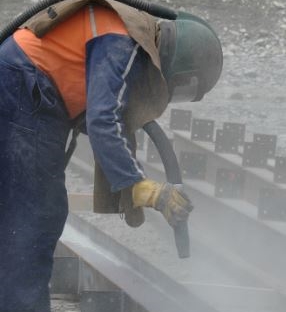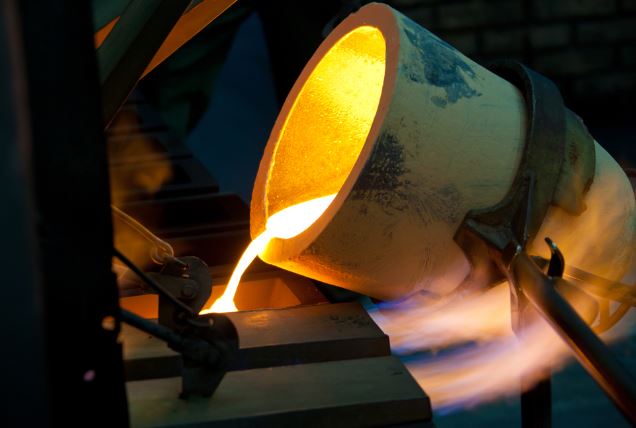


Some work operations are associated with pollution that is released from equipment, processes or materials into the facility or work environment. Where workers are present they are likely to become exposed to some level of airborne contaminants. Best practice, good management and due diligence calls for employers and owners to monitor and learn about the level of risk posed by environmental conditions within the plant or shop. Examples of airborne substances having the potential to cause symptoms or disease include:
Welding fumes: from cutting, welding, brazing
Dust: from moving and processing grains, mineral crushing, milling, grinding
Respirable silica: from processing ores, sandblasting, construction activities
Acid mist: from battery servicing and maintenance
Gases: from vehicle exhaust, industrial processes
Vapours: from painting, fiberglass works
Heavy metals: from smelting, welding, battery works
Measuring contaminant concentrations is done in accordance with recognized sampling and analytical methods. Specialized instruments and sample collection media are selected based on what is being investigated. The investigator reviews sampling and analytical methods with analytical lab staff. Instruments are placed in selected locations in the plant or shop or worn by workers to collect airborne contaminants. Samples are then analyzed at the laboratory.
Sampling results are typically evaluated against provincially regulated limits. Alternate sampling strategies are available and used for obtaining data to learn about other scenarios, for example what is the concentration of airborne contaminant(s) during a certain task.

